15 Legendary Beers, A Toast To What’s Lost
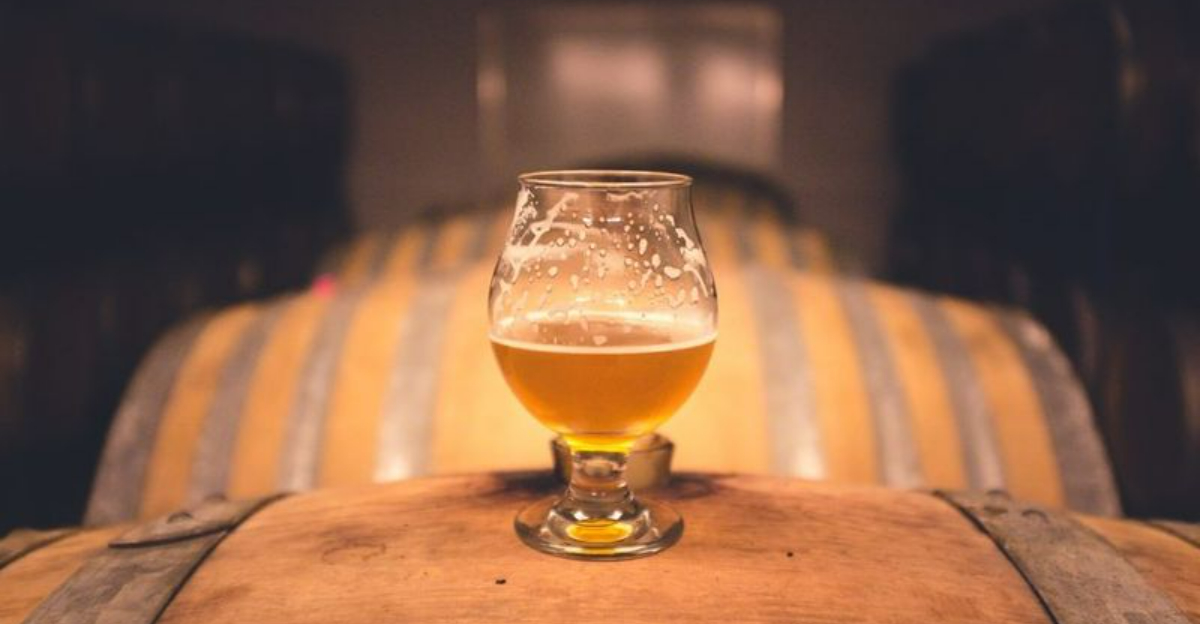
Step into the world of bygone brews, where flavors once defined generations and each pint carried a story. In this nostalgic journey, we honor beers that vanished from our taps, leaving behind legends and lessons.
These once-beloved beverages remind us how much the art of brewing has evolved—and what treasures we miss. Every entry here is a tribute to a lost era, where tradition met innovation in every sip.
Join me as we raise a glass to the beers that once ruled our dining rooms.
1. Pharaoh Beer
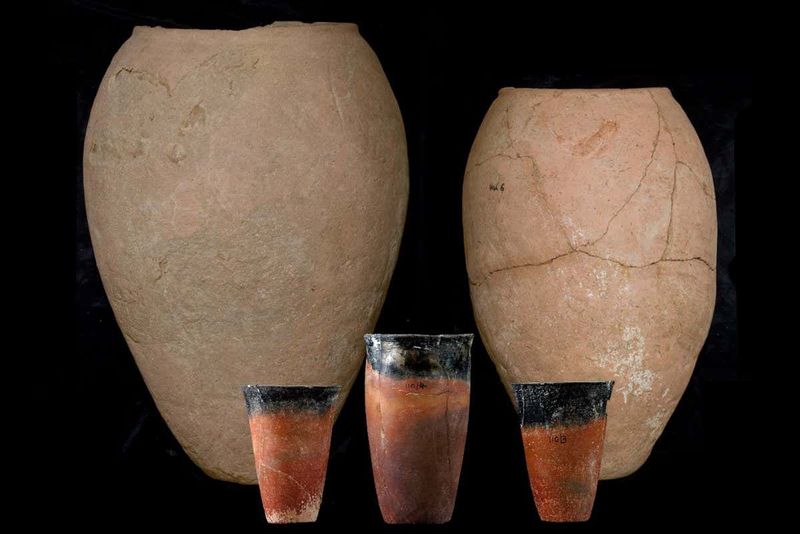
Drink like a pharaoh, savoring a brew inspired by ancient Egyptian recipes. Pharaoh Beer, crafted from emmer wheat and dates, was a testament to Egypt’s long-standing brewing tradition.
Hieroglyphics suggest its role in rituals and daily life, a staple as old as the pyramids themselves. While archaeologists managed to recreate this liquid artifact, the original vanished with time, leaving enthusiasts to imagine its true essence.
2. Mumme
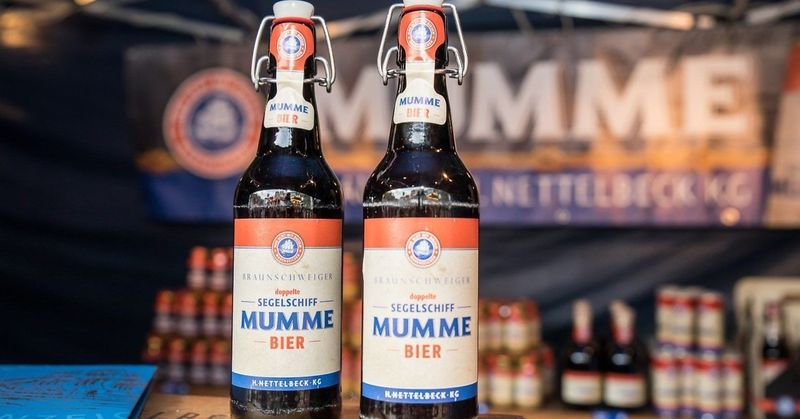
Step into medieval Europe, where dark, malty Mumme ruled the taverns with a robust kick. Known for its high alcohol content and rich, bittersweet profile, this brew was a favorite among those seeking a hearty, warming drink on cold nights.
Mumme’s complex layers of roasted barley and caramelized sugars evoke the smoky hearths of ancient inns. Its historical allure makes it a fascinating study in how flavors once defined survival and celebration.
3. London Porter
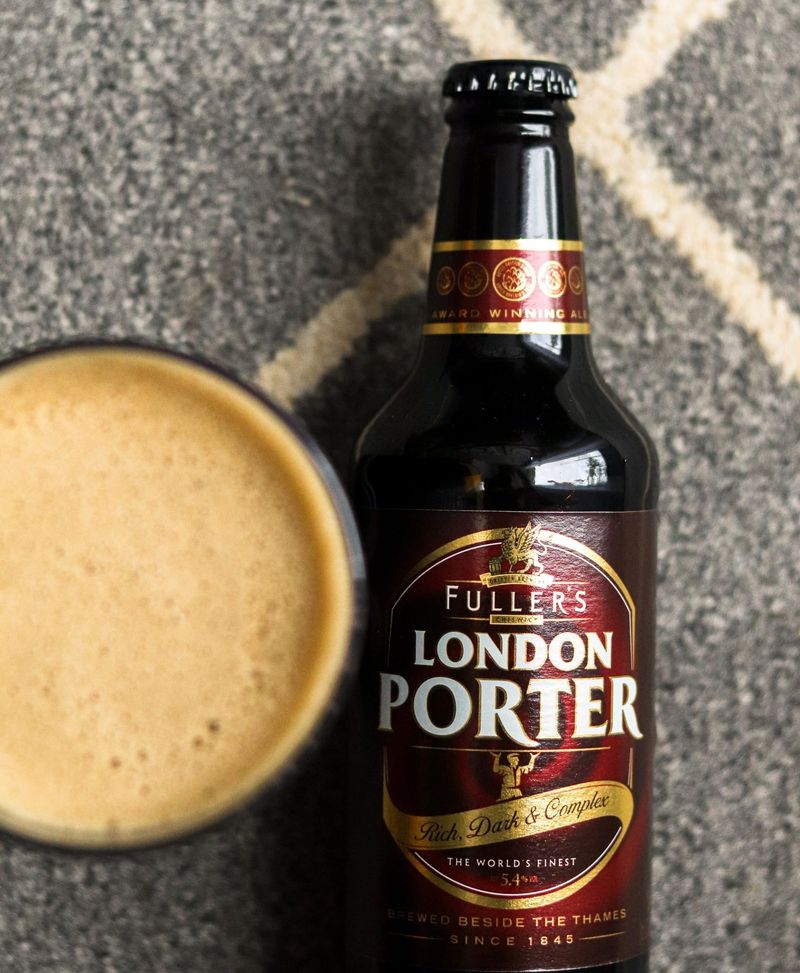
Picture foggy London docks and hard-working sailors, their spirits lifted by a robust, dark porter. This beer’s dense, roasted malt character and subtle hints of chocolate provided a reliable pick-me-up amid the grim industrial era.
Its thick, almost velvety texture and deep, bittersweet notes made it a staple in the hearts of dockworkers and gentlemen alike. Although modern palates have shifted, London Porter remains an iconic reminder of an era when beer was as tough as the times.
4. Gruit Ale

Long before hops took center stage, gruit ale ruled the brewing scene in medieval Europe. This herb-infused beverage carries a bouquet of botanicals—sage, rosemary, and yarrow—that give it a surprisingly aromatic profile.
Its unique, sometimes bitter, yet complex flavor hints at a time when brewers experimented with wild herbs to enhance the natural sweetness of malt. Gruit ale stands as a bold testament to the innovative spirit of ancient brewers.
5. Biere De Mars

Every March, French farmhouse brewers once celebrated the season with a special ale brewed from local grains and wild yeasts. Biere de Mars is a seasonal delight that captures the fresh, vibrant spirit of spring with a subtle tartness and effervescence.
Its crisp finish and delicate balance of sweet and sour flavors evoke images of rustic French countrysides and intimate village feasts. This beer’s ephemeral nature makes it all the more legendary among those who remember its fleeting charm.
6. Celestial Seasonings Honey Brown Ale
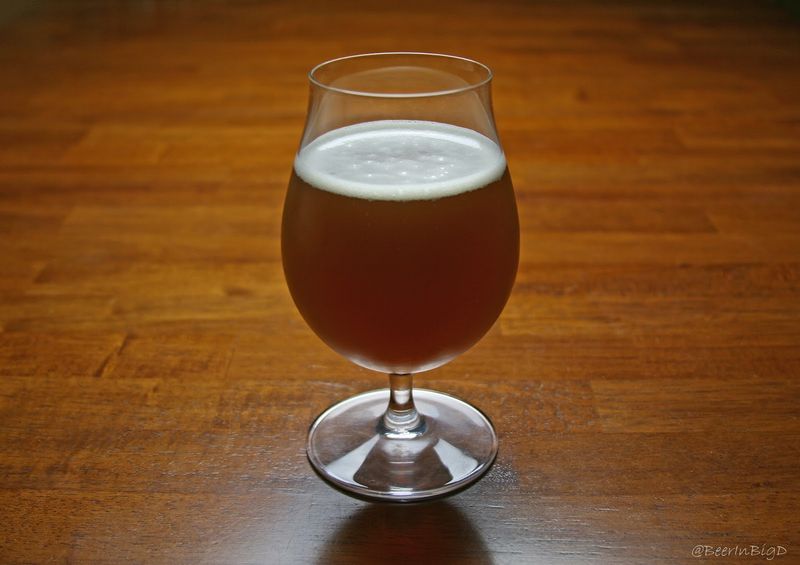
In the 90s, a bold, honey-infused brown ale captured the hearts of craft beer enthusiasts across America. Its rich, malty backbone complemented by natural honey created a unique, slightly sweet finish that was both comforting and innovative.
However, shifting company priorities led to its discontinuation, leaving behind a bittersweet memory for those who cherished its homey complexity. Today, it remains a symbol of a vibrant era in American craft brewing.
7. Pete’s Wicked Ale
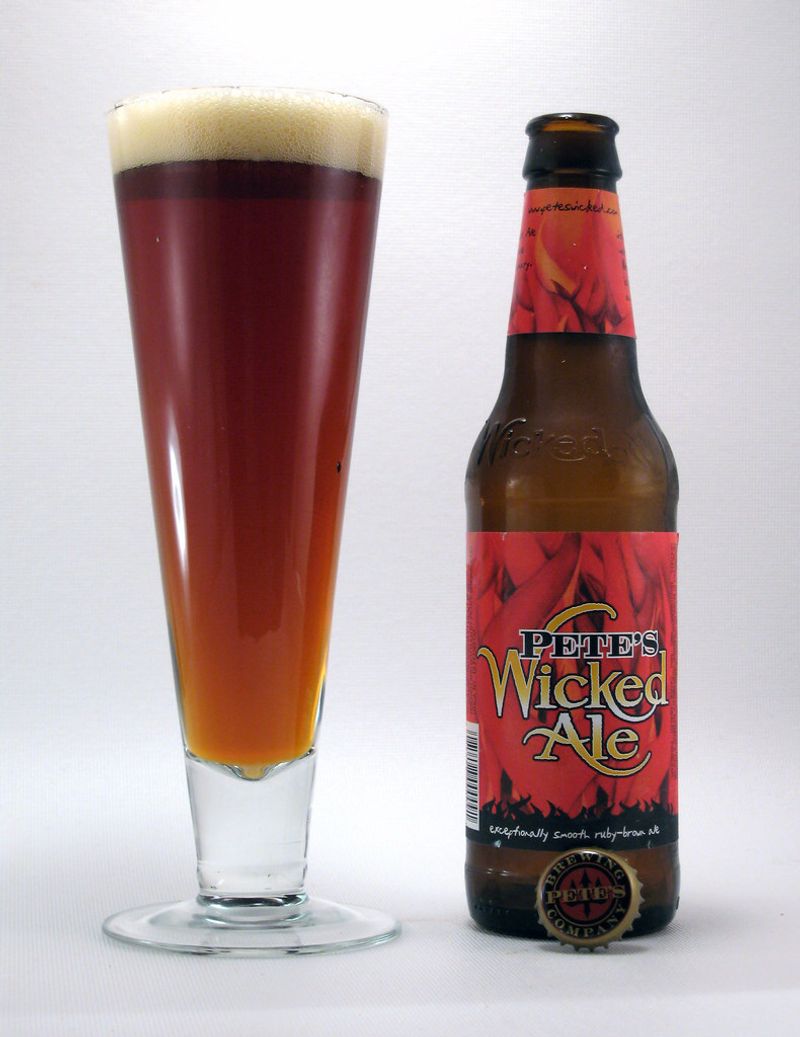
A pioneer of the 90s craft beer movement, Pete’s Wicked Ale combined a deep malt character with a surprising hop bite. It was daring and unafraid to push boundaries, quickly earning a cult following among adventurous drinkers.
Market turbulence and shifting tastes eventually dimmed its once-bright flame. Despite its early acclaim, its disappearance is a cautionary tale of innovation lost in the chaos of the beer industry.
8. Catamount Brewing Company Beers
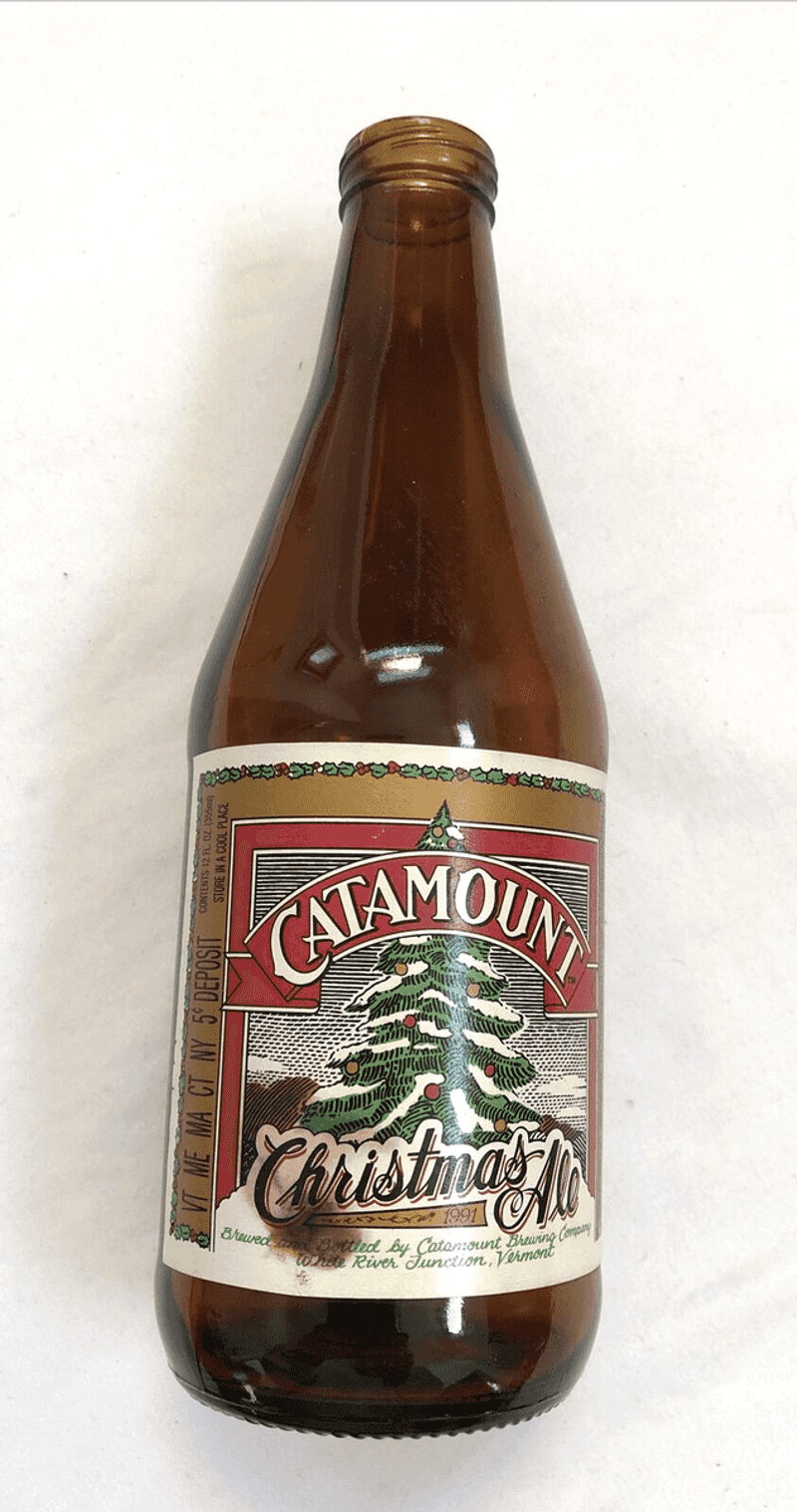
This Vermont brewery captured the essence of traditional ales with a focus on quality and character. Their beers boasted robust, hearty flavors that resonated with local pride and artisanal passion.
Sadly, changing market dynamics forced the closure of Catamount Brewing Company, leaving behind a legacy of finely crafted brews that continue to be remembered fondly by die-hard fans.
9. Anderson Valley Poleeko Gold Pale Ale
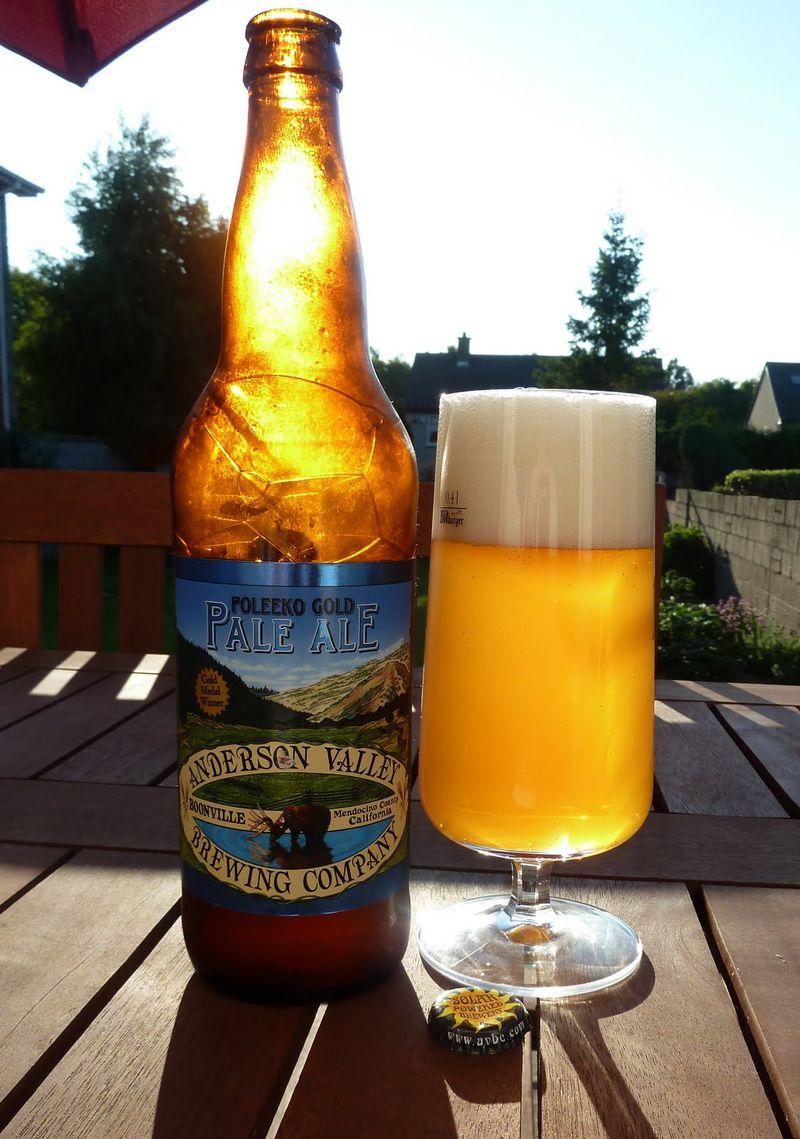
Regarded as a standout pale ale with a perfect balance of bitterness and malt, Poleeko Gold was a gem from a respected craft brewery. Its crisp, clean taste and subtle citrus undertones made it a go-to for many discerning palates.
Production changes, however, led to its discontinuation, much to the dismay of loyal fans who long for its refreshing complexity. It’s a reminder of how even the best beers can vanish under shifting market tides.
10. Ballantine XXX Ale
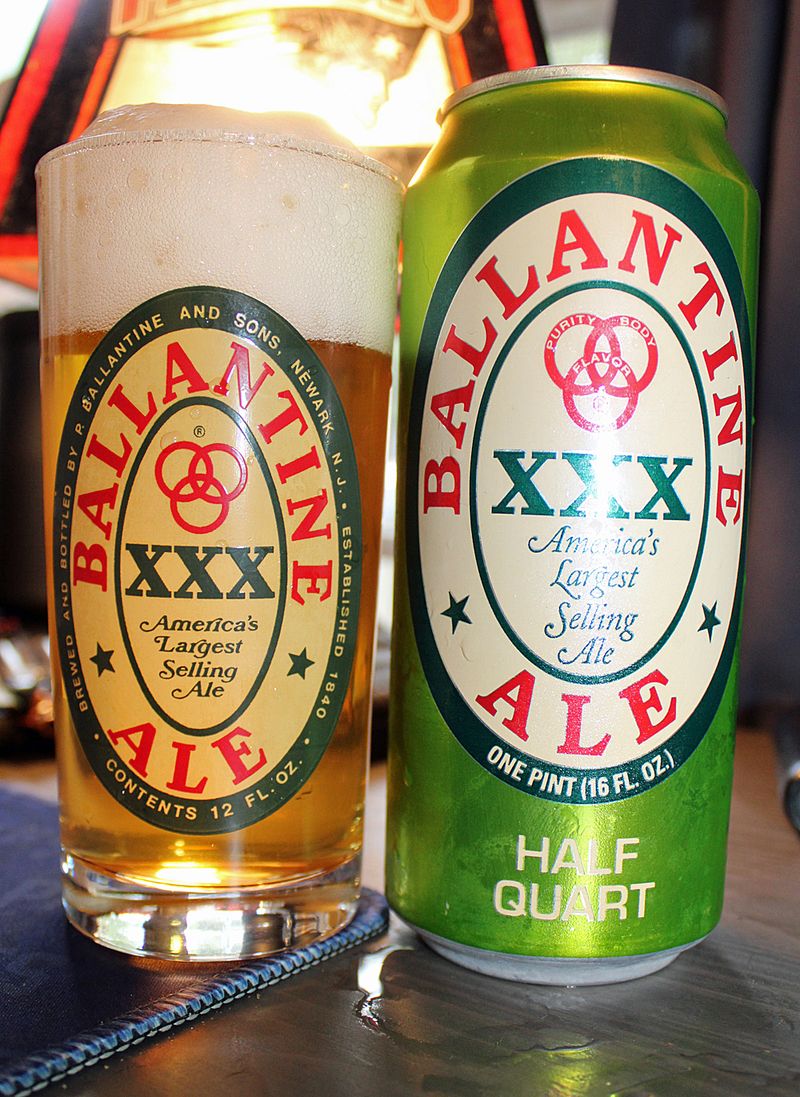
This strong ale was celebrated for its bold, full-bodied flavor that packed a punch with every sip. With deep caramel notes and a hint of spice, Ballantine XXX earned a devoted following throughout the 90s.
Despite its cult status, production ceased, leaving enthusiasts to reminisce about its robust character. The gap it left in the market is a testament to its once unrivaled dominance in the competitive craft arena.
11. Changchun Beer
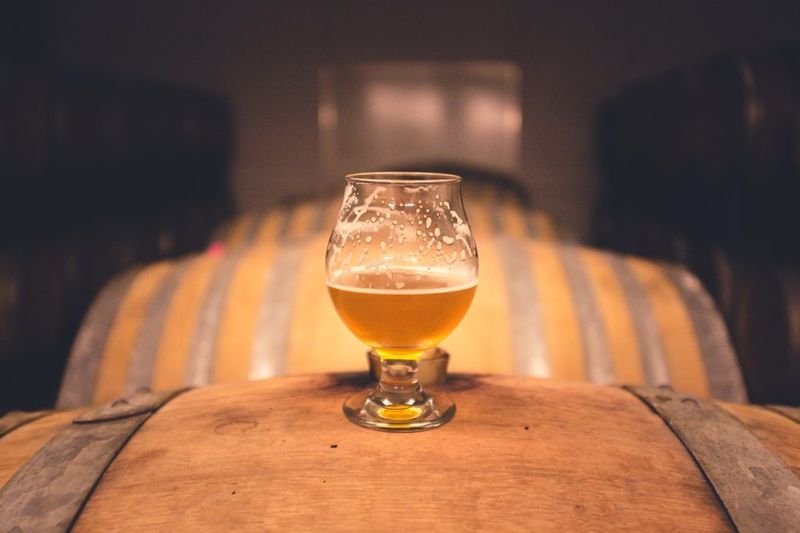
Hailing from the heart of Manchuria, Changchun Beer was a regional favorite known for its crisp, refreshing quality. This brew captured the essence of local industry and the unique taste of northern China.
Economic shifts and industrial changes eventually pushed it out of the spotlight, turning a once-beloved beer into a forgotten relic. It remains a poignant example of how local treasures can be lost in the tide of progress.
12. Lion Stout (Original Recipe)
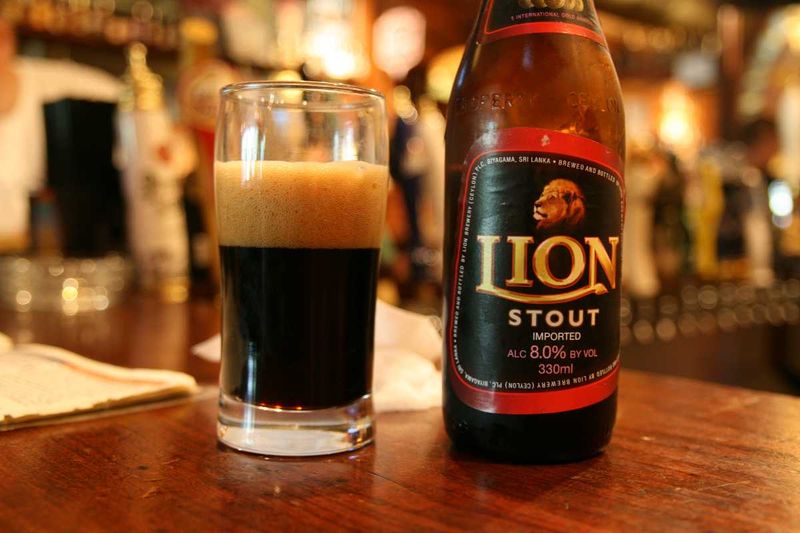
Originally crafted with a distinct blend of local malts and a touch of tropical spice, Lion Stout was a unique expression of Sri Lankan brewing heritage. Its robust, velvety texture and deep, roasted flavor set it apart from generic stouts.
Alas, production changes diluted its original character, leaving drinkers with a shadow of its former glory. The transformation is a loss for those who prized its authentic, complex taste.
13. Trappist Westvleteren 12 (Original Recipe)
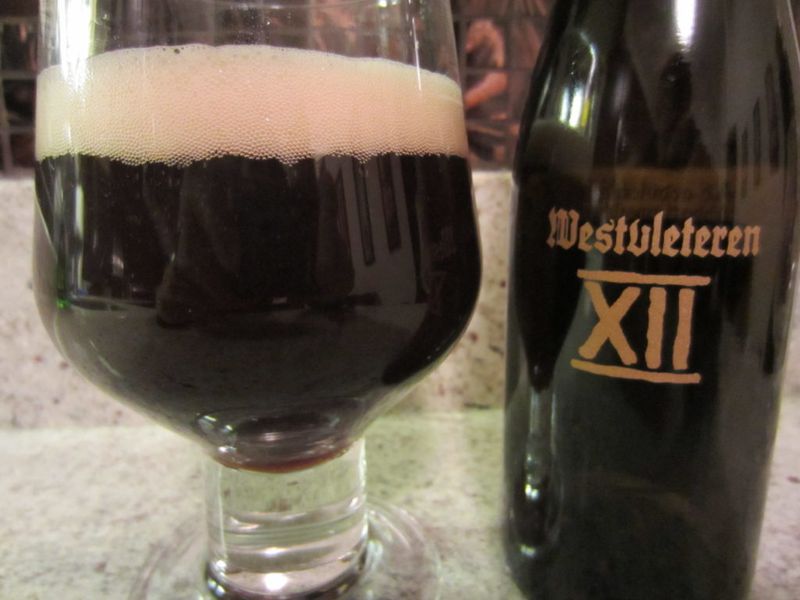
Once revered as the pinnacle of Trappist beers, the original Westvleteren 12 was a masterpiece of balance and depth. Its full-bodied, slightly fruity profile and intricate layers of malt set a benchmark in brewing excellence.
Today, while the beer is still produced, the original recipe and brewing location have been altered, diluting the mystique and flavor that once captivated beer connoisseurs. It remains a bittersweet symbol of what’s been lost to modernity.
14. Oranjeboom
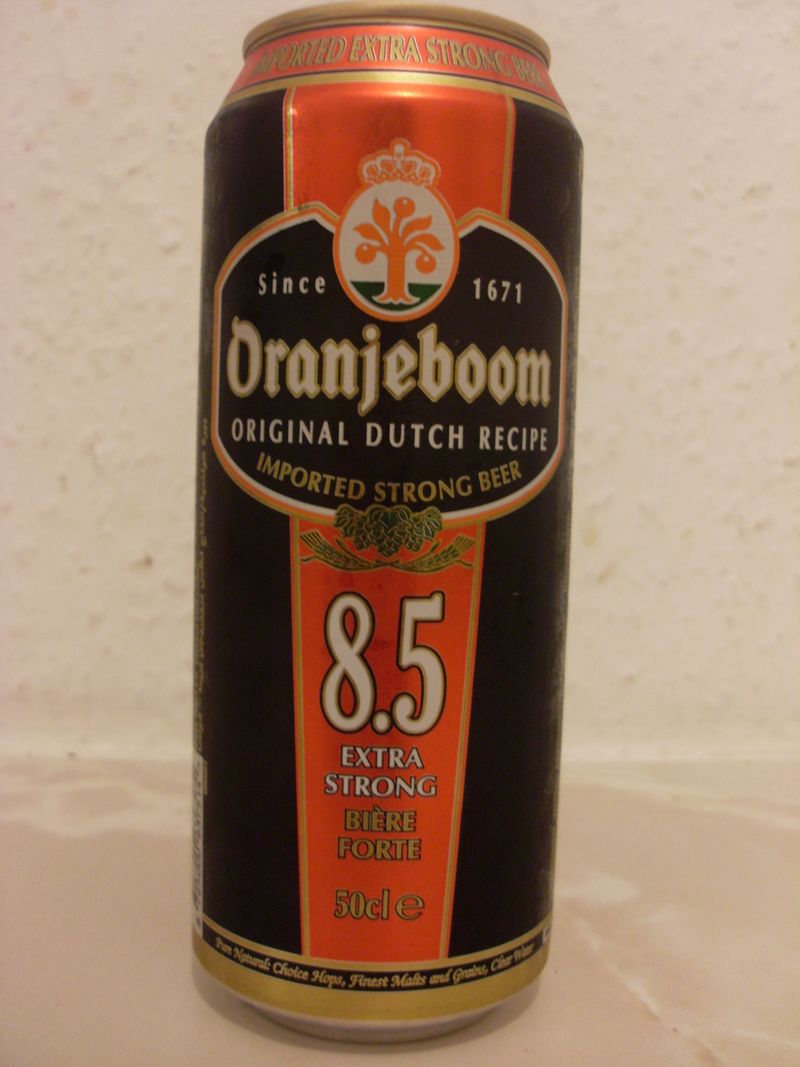
A staple of Dutch lager culture, Oranjeboom charmed drinkers with its crisp, refreshing taste and subtle malt sweetness. It was a beacon of quality during a time when European lagers reigned supreme.
Mergers and rebranding eventually led to its discontinuation, leaving behind a void in the hearts of those who adored its classic flavor. For many, it still represents a golden era of Dutch brewing that modern beers struggle to emulate.
15. Red Stripe Export (Original Recipe)
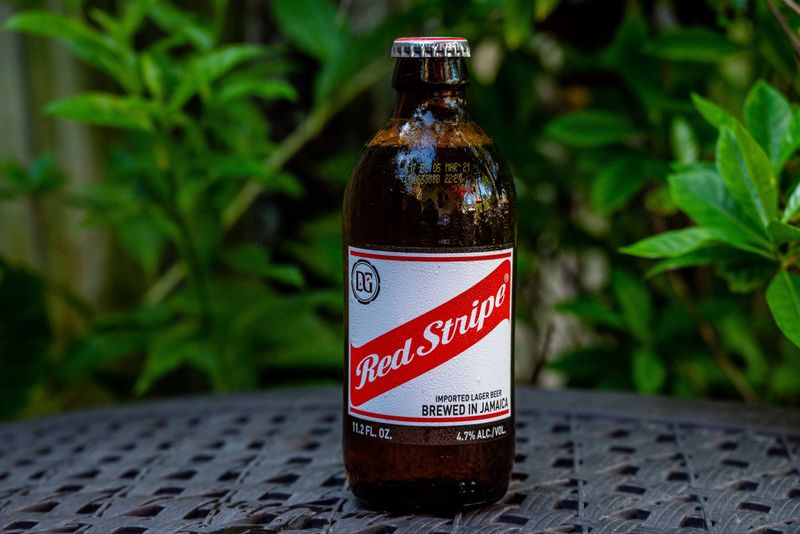
Red Stripe Export once set the standard for a robust, refreshing lager with its distinctive taste and Caribbean flair. The original recipe delivered a perfect balance of bitterness and sweetness, making it a favorite among beer lovers far and wide.
Relocation of production and recipe alterations have stripped away the authenticity that once made it iconic. Its changed flavor profile leaves a lingering sense of loss for those who remember the original as a true taste of the islands.
